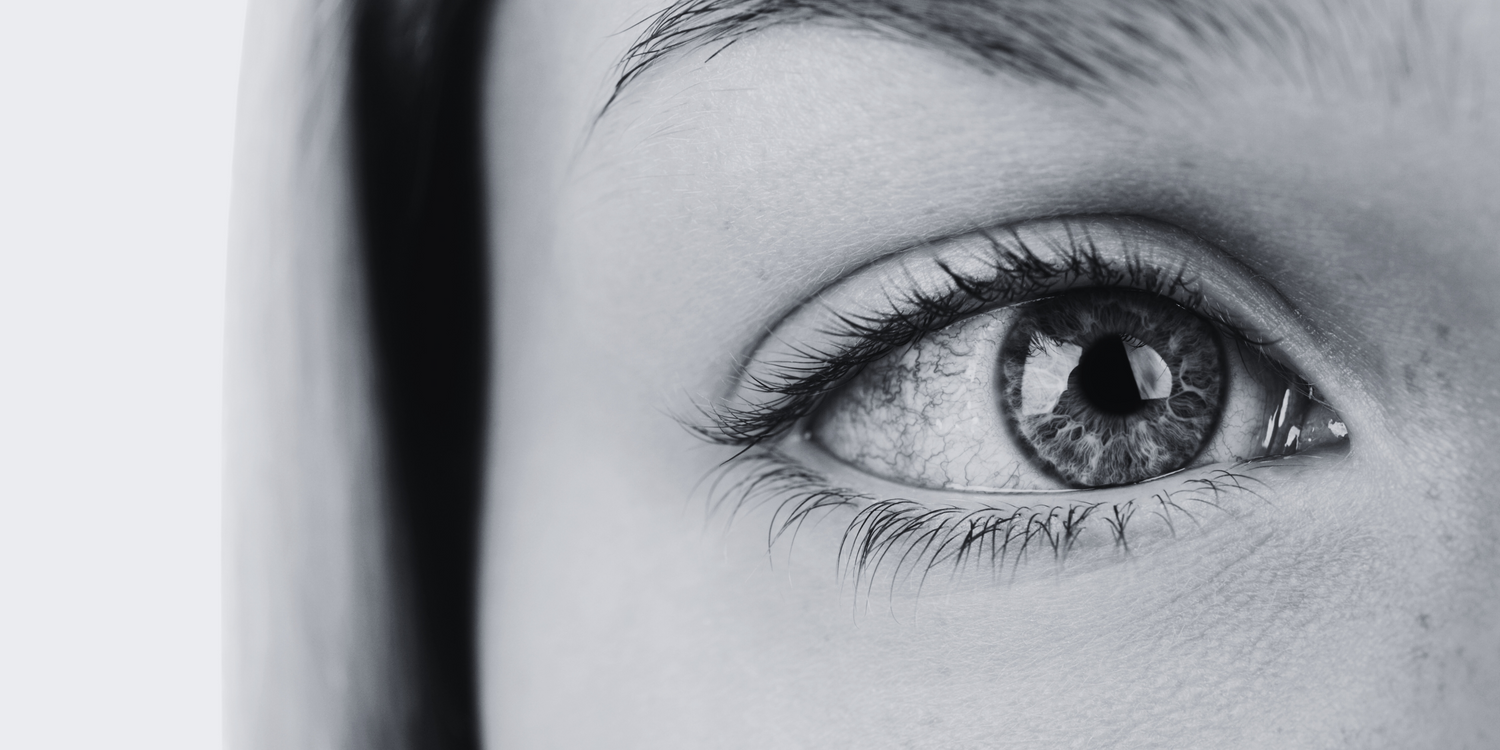What is Dry Eye?
Dry Eye is a common condition where the eyes don't produce enough tears, or the tears evaporate too quickly. Tears consist of an oily layer and a watery layer, both crucial for eye health and clear vision. Reduced tear production or poor-quality tears can lead to symptoms like dryness, irritation, and blurred vision.
Learn more about Dry Eye
What causes Dry Eye?
If you spend a lot of time looking at screens, your blink rate decreases, leading to faster evaporation of the protective tear film on your eyes. This film needs to spread evenly to maintain clear vision. Like baking a cake, healthy tears require a balanced mix of oil, mucus, and water. When this balance is off, it results in dry eyes, causing blurry vision, irritation, and a burning sensation. Poor tear quality can lead to symptoms ranging from minor discomfort to severe irritation, impacting your quality of life.
Dry Eye symptoms
- Blurry or fluctuating vision
- Increased need to blink
- Dryness or gritty sensation
- Stinging or aching eyes
- Excessive tearing
- Redness in eyes and eyelids
- Light sensitivity
Risk factors
- Age (especially over 40)
- Gender (more common in females)
- Medical conditions (arthritis, diabetes)
- Medications (including oral contraceptives)
Dry Eye treatment options
- Eye Drops: Temporary relief for dry eye and Meibomian Gland Dysfunction (MGD).
- Warm Compresses: Effective in unblocking oil glands, improving comfort.
- Omega-3 Supplements: Help reduce inflammation and improve tear quality.
- Intense Pulsed Light (IPL) Therapy: Provides long-term relief by treating the underlying causes of dry eye.


